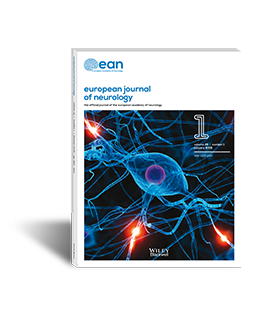Background and purpose
Primary mitochondrial diseases (PMDs) are common inborn errors of energy metabolism, with an estimated prevalence of one in 4300. These disorders typically affect tissues with high energy requirements, including heart, muscle and brain. Epilepsy may be the presenting feature of PMD, can be difficult to treat and often represents a poor prognostic feature. The aim of this study was to develop guidelines and consensus recommendations on safe medication use and seizure management in mitochondrial epilepsy.
Methods
A panel of 24 experts in mitochondrial medicine, pharmacology and epilepsy management of adults and/or children and two patient representatives from seven countries was established. Experts were members of five different European Reference Networks, known as the Mito InterERN Working Group. A Delphi technique was used to allow the panellists to consider draft recommendations on safe medication use and seizure management in mitochondrial epilepsy, using two rounds with predetermined levels of agreement.
Results
A high level of consensus was reached regarding the safety of 14 out of all 25 drugs reviewed, resulting in endorsement of National Institute for Health and Care Excellence guidelines for seizure management, with some modifications. Exceptions including valproic acid in disease, vigabatrin in patients with γ‐aminobutyric acid transaminase deficiency and topiramate in patients at risk for renal tubular acidosis were highlighted.
Conclusions
These consensus recommendations describe our intent to improve seizure control and reduce the risk of drug‐related adverse events in individuals living with PMD‐related epilepsy.
